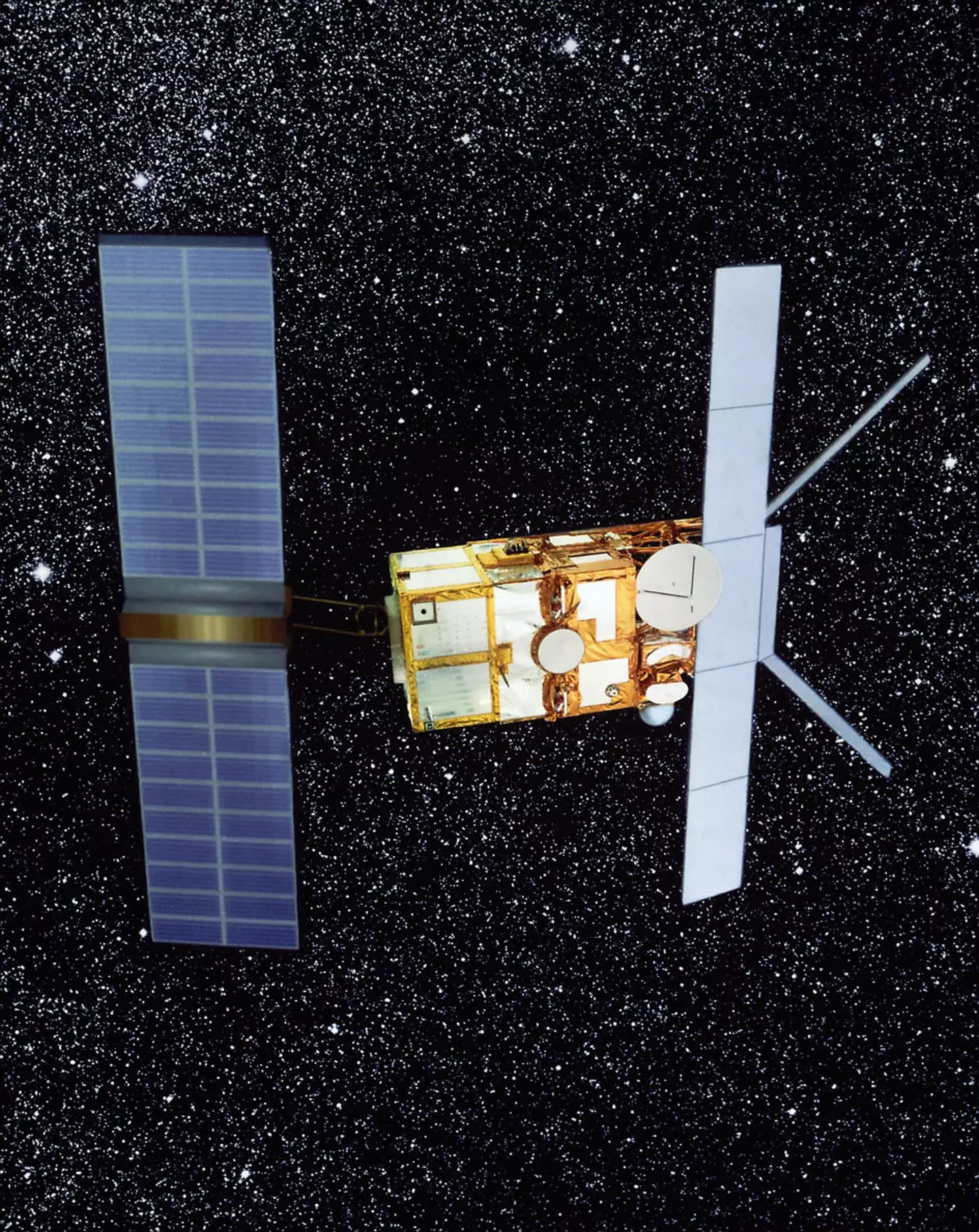_(1).png)
A satellite is set to come crashing back down to Earth, with scientists saying they’re not 100 percent sure where it will land.
Hope it’s not my house.
The European Remote Sensing 2 (ERS-2) satellite was sent up to space by the European Space Agency in April 1995 and observed Earth up until 2011 when its mission came to an end.
ERS-2 and a near-identical satellite named ERS-1 had been tasked with collecting data about Earth’s land surfaces, oceans and polar caps and also monitored natural disasters such as severe flooding or earthquakes.
Advert
However, 16-years after its launch, ESA decided to end its mission and began to ‘deorbit’ the satellite and prepare it to land back on our planet. This is done to help keep ‘busy space highways clear from defunct, lingering satellites, preventing collisions in orbit, and mitigating the creation of further space debris’.
Although not yet set in stone, ESA has set a tentative date for when the satellite will come back down to Earth, with new data estimating that crash will happen on 19 February at 5.26pm ET.

The agency said the margin for error on that date is around 38 hours either side.
Advert
ESA said: “ERS-2 will reenter Earth’s atmosphere and burn up in mid-February 2024 once its altitude has decayed to roughly 80 km. This is almost 13 years after the deorbiting manoeuvres and well within the targeted time frame.
“The satellite is under frequent observation, and we are tracking its orbital altitude as it decays.
“However, because the reentry is ‘natural’, it is impossible to predict exactly when and where the satellite will begin to burn up. The window during which reentry is possible will continue to shrink until the time of reentry.”
Explaining why the reentry is hard to pinpoint, the agency explained: “The unpredictability of natural reentries is largely driven by our limited ability to forecast the density of the relevant layers of Earth’s atmosphere.

“It is these layers that produce the drag that is responsible for the decay of the satellite’s orbit – the denser they are, the more drag they generate, and the faster the satellite’s orbit decays.
Advert
“Other aspects that affect the speed of orbital decay, such as which direction the satellite is facing and so what surface area is exposed to the atmosphere, cannot be determined by simply monitoring the satellite’s trajectory alone.”
But fear not, as ESA goes on to say that upon entry into the Earth atmosphere the ‘vast majority’ of the satellite will burn up, with any fragments that don’t burn ‘most likely’ to end up in the ocean.
Featured Image Credit: European Space Agency/Getty stock imagesTopics: Environment, Science, Space, Technology, News